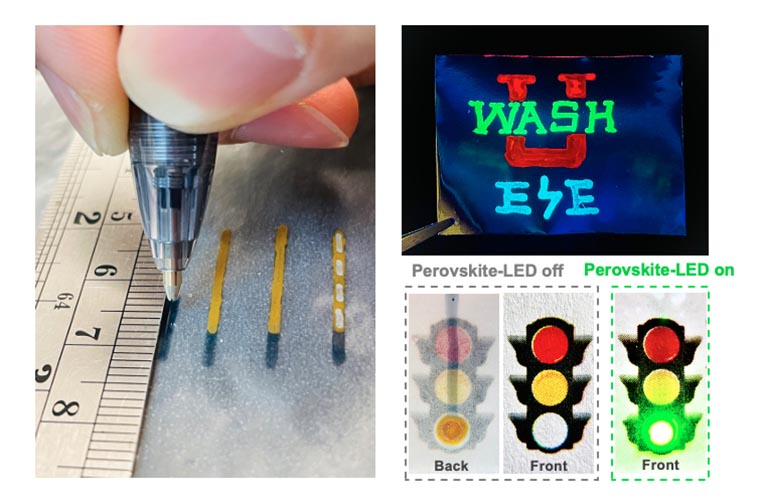
The invention of the printing press revolutionized duplication of the written word, giving the hands of tired scribes a break and making written material more accessible. A similar breakthrough has happened in reverse in the McKelvey School of Engineering at Washington University in St. Louis.
Researchers working with Chuan Wang, associate professor of electrical & systems engineering, have developed ink pens that allow individuals to handwrite flexible, stretchable optoelectronic devices on everyday materials including paper, textiles, rubber, plastics and 3D objects. Flexible optoelectronics for emitting and detecting light, which are already found in everyday objects like smartphones and fitness trackers, can bend, fold and flex while maintaining functionality.
In a paper pub...
Read More









Recent Comments